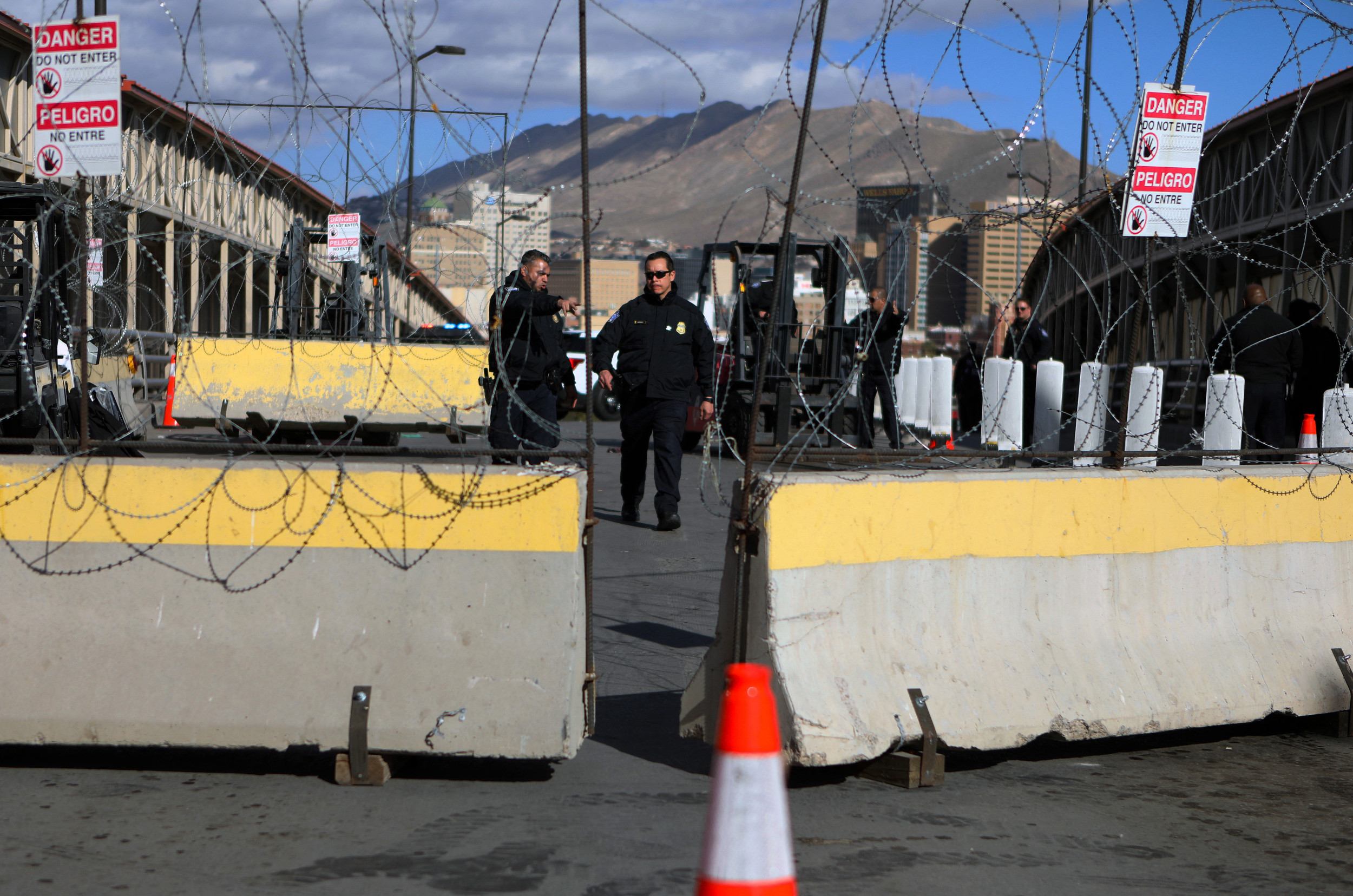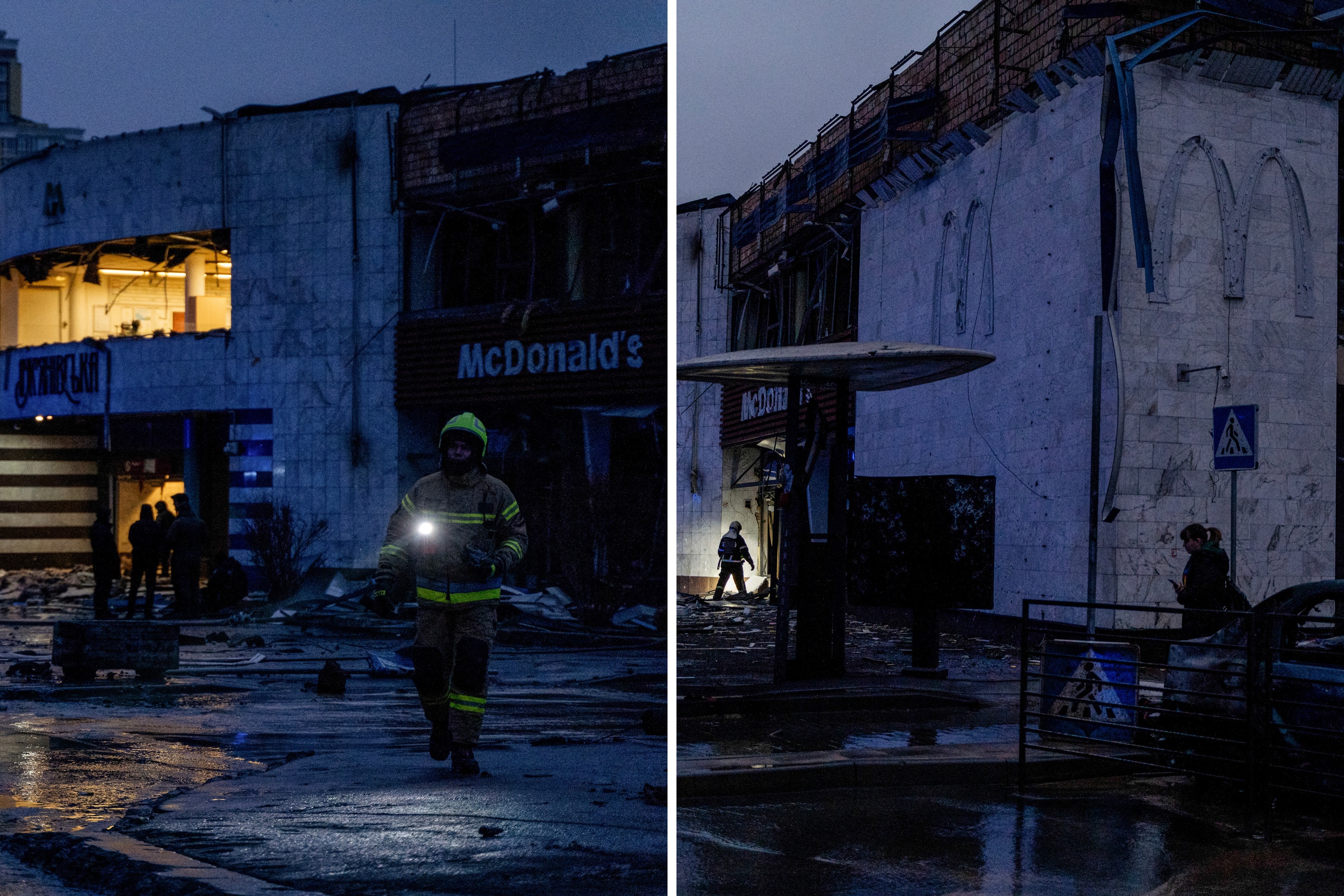As an increased awareness of the importance of mental health has lead us all to talk more about our own mental well-being, a new survey has shed light on how Americans perceive their mental health—and has revealed some surprising regional differences.
A nationwide online poll of 2,000 adults, conducted by Talker Research on behalf of health and wellness company Pendulum, asked participants to rate their mental health on a scale from 0 (extremely poor) to 10 (extremely good).
The findings paint a sobering picture: no region of the U.S. rated its collective mental health at a perfect 10, with most scores hovering just above average.
However, there were differences in the mental health of Americans in different regions. The South and Midwest rated their mental health the lowest, at 6.4/10, while, just behind, residents of the West put theirs at 6.5/10.
This was in contrast to the highest score, which came from the Northeast, where residents rated their collective mental health at 6.6/10, the highest in the country.
Dr. Nathan Carroll, chief resident psychiatrist at Jersey Shore University Medical Center, told Newsweek he was not surprised by the Northeast's slightly higher score.
"Good mental health doesn't exist in a vacuum; you need to have access to the resources needed to care for it. This is a systems issue. Broadly speaking, it comes down to four factors—access, availability, stigma, and options," Carroll said.
"When accessing care is seamless, when appointments are readily available, when help-seeking is celebrated rather than stigmatized, and when people have diverse options for treatment, then people are naturally happier with their mental health."
Carroll said that the Northeast generally benefits from a higher concentration of mental health professionals; greater state investment in mental health funding; and a large number of academic centers for training psychiatrists. "Additionally, in terms of stigma, there are fewer cultural barriers to talking about and seeking care in the Northeast," he said.
While there is room for improvement in the self-reported mental health of the whole country, Carroll said that there are specific ways that disparity in mental well-being in different parts of the U.S., including expanding Medicaid coverage, funding early intervention programs, and investing in academic training programs.
"States that expand Medicaid see a substantial increase in the number of people eligible for mental health services, which reduces financial barriers for individuals seeking care," Carroll added. "Funding early intervention programs allows people to get help before mental illness and substance use becomes severe. Early intervention also improves health outcomes, reduces health care costs, and decreases stigma."




















 English (US) ·
English (US) ·